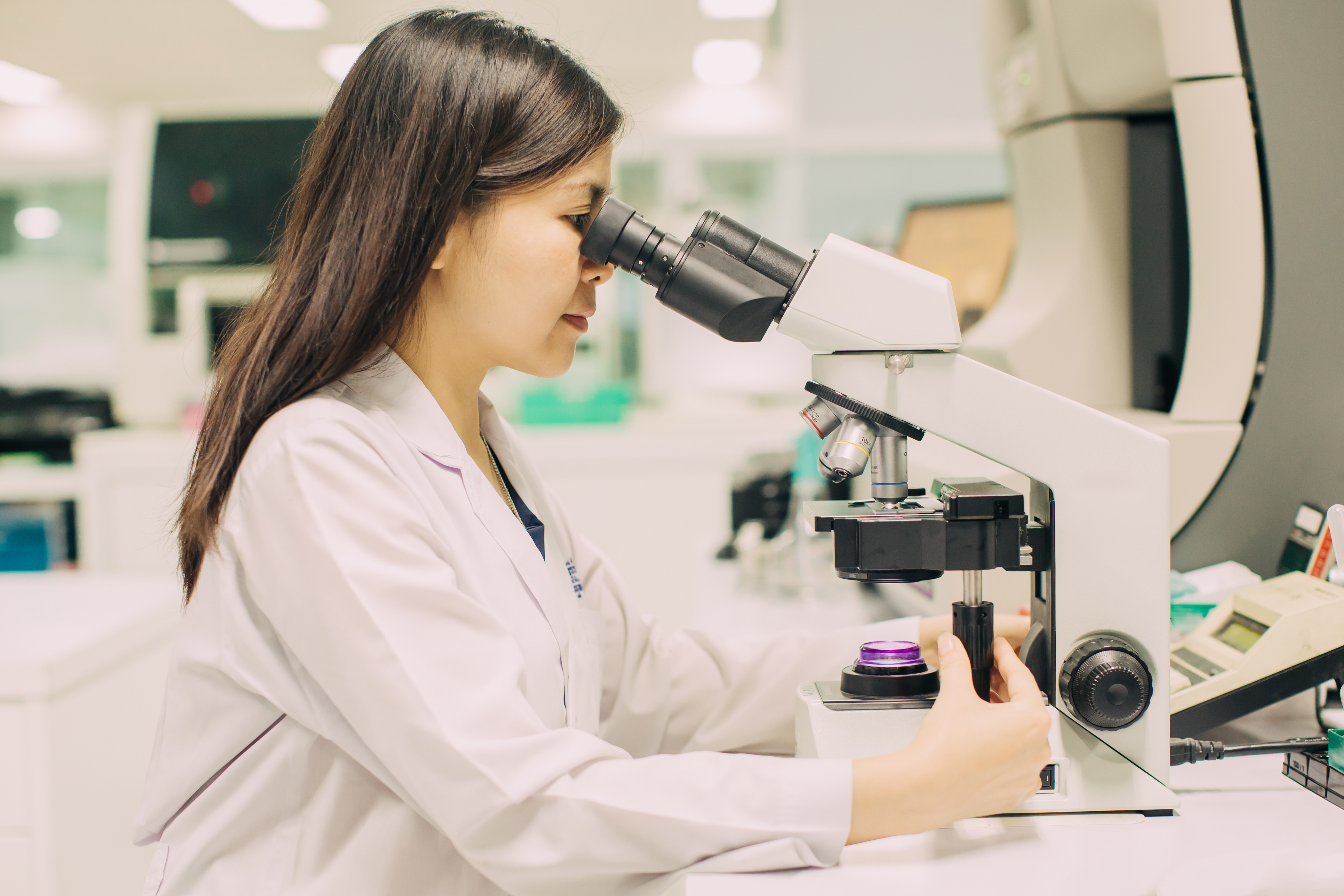 There has been an increasing interest and emphasis on the significance of research, particularly those run in clinical labs, in the recent years. Consequently, laboratory administrators, owners and managers have looked at different ways to improve their laboratories by modernizing the equipment and streamlining operations.
There has been an increasing interest and emphasis on the significance of research, particularly those run in clinical labs, in the recent years. Consequently, laboratory administrators, owners and managers have looked at different ways to improve their laboratories by modernizing the equipment and streamlining operations.
Increasing the efficiency of laboratories certainly aid in improving the quality of research. Below are some of the ways to make lab operations better.
- Take down your laboratory set-up on a map. – While this may sound elementary, such a small change can bring about enormous results in the way your lab operates. Review your laboratory setup by laying it out on the map and look for possible ways to streamline operations by improving the layout. You can identify what protocols are usually utilized in your lab.
The endurance V-twin engine, which has been fitted into this mower riding lawn mowers under 2000 attains its durability from being a full-pressure lubrication system rather than the traditional splash.
You can also figure out which stations and equipment are used most frequently so you can redesign your laboratory in such a way as to facilitate a more efficient process for the end users, minimizing the distance they need to cover between related stations and the like.
- Evaluate workflow and processes. – This is mostly related to what was earlier mentioned. Analysing your day-to-day operations enable you to identify possible bottlenecks and problem areas in your workspace. There may be a need to purchase additional units of some items if the bottlenecks originate from there or eliminate duplicate units of certain equipment if they are mostly unutilized.
- Evaluate workflow and processes. – This is mostly related to what was earlier mentioned. Analyzing your day-to-day operations enable you to identify possible bottlenecks and problem areas in your workspace. There may be a need to purchase additional units of some items if the bottlenecks originate from there or eliminate duplicate units of certain equipment if they are mostly unutilized.
- Invest in a laboratory information management (LIMS) software. – Consider investing in LIMS software by seeking out a reputable expert in the industry as a partner. Doing so can help your laboratory operate more efficiently. It will allow for better and faster search turnaround times, speeding up the retrieval of useful information both from within the records in the lab as well as outside sources.It also contributes in the minimization of paper output while improving the way reports are made. A Good LIMS software can also help you personalize the software according to the specific needs of your research. Of course, purchasing LIMS software is a major undertaking and you should only pay good money once you are assured of the provider’s reputation.
People are realizing the value of good research in many aspects of life and laboratories must adapt to this increasing demand. Considering the tips above may be a good first step in building a competitive, world-class research hub.








